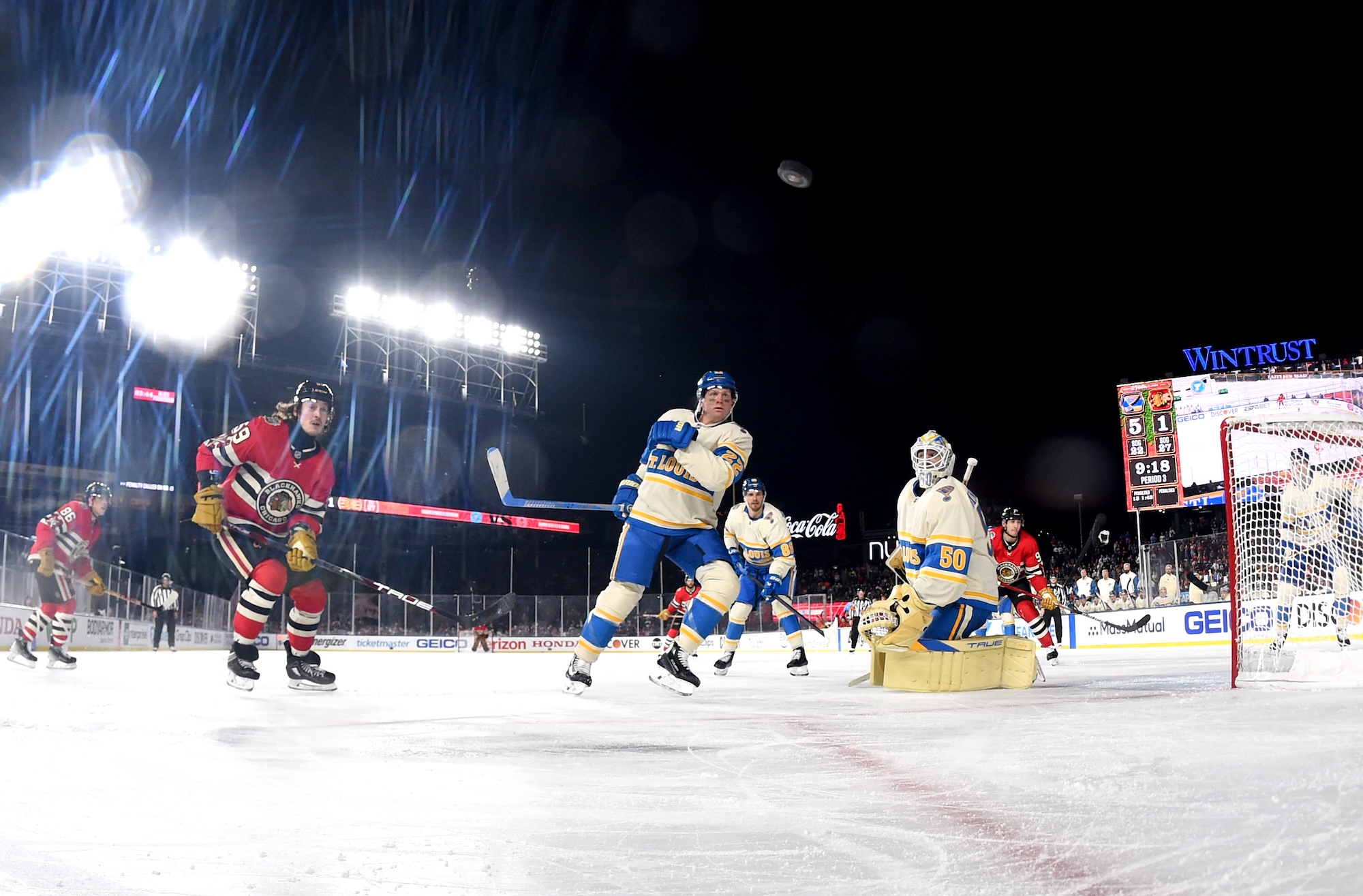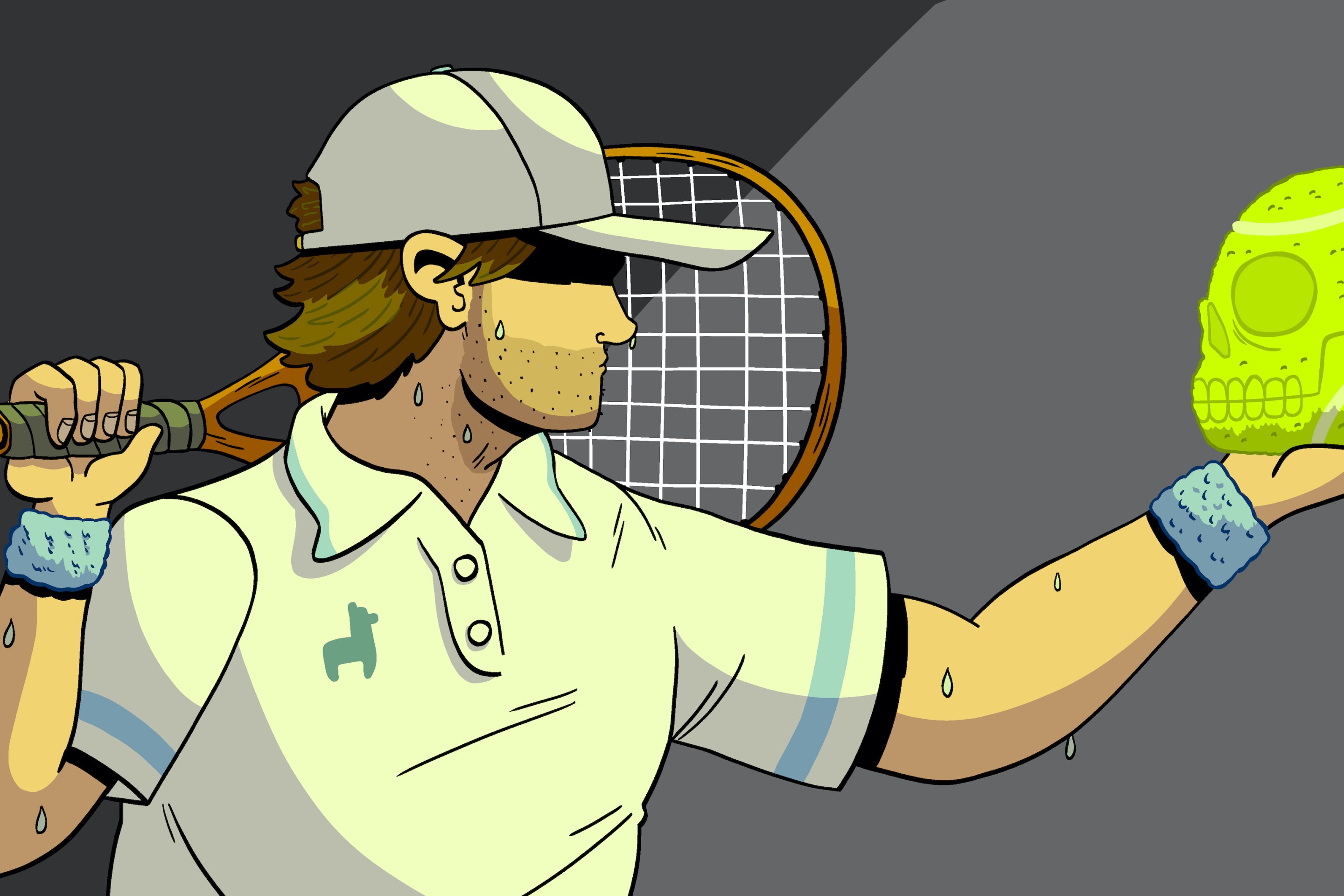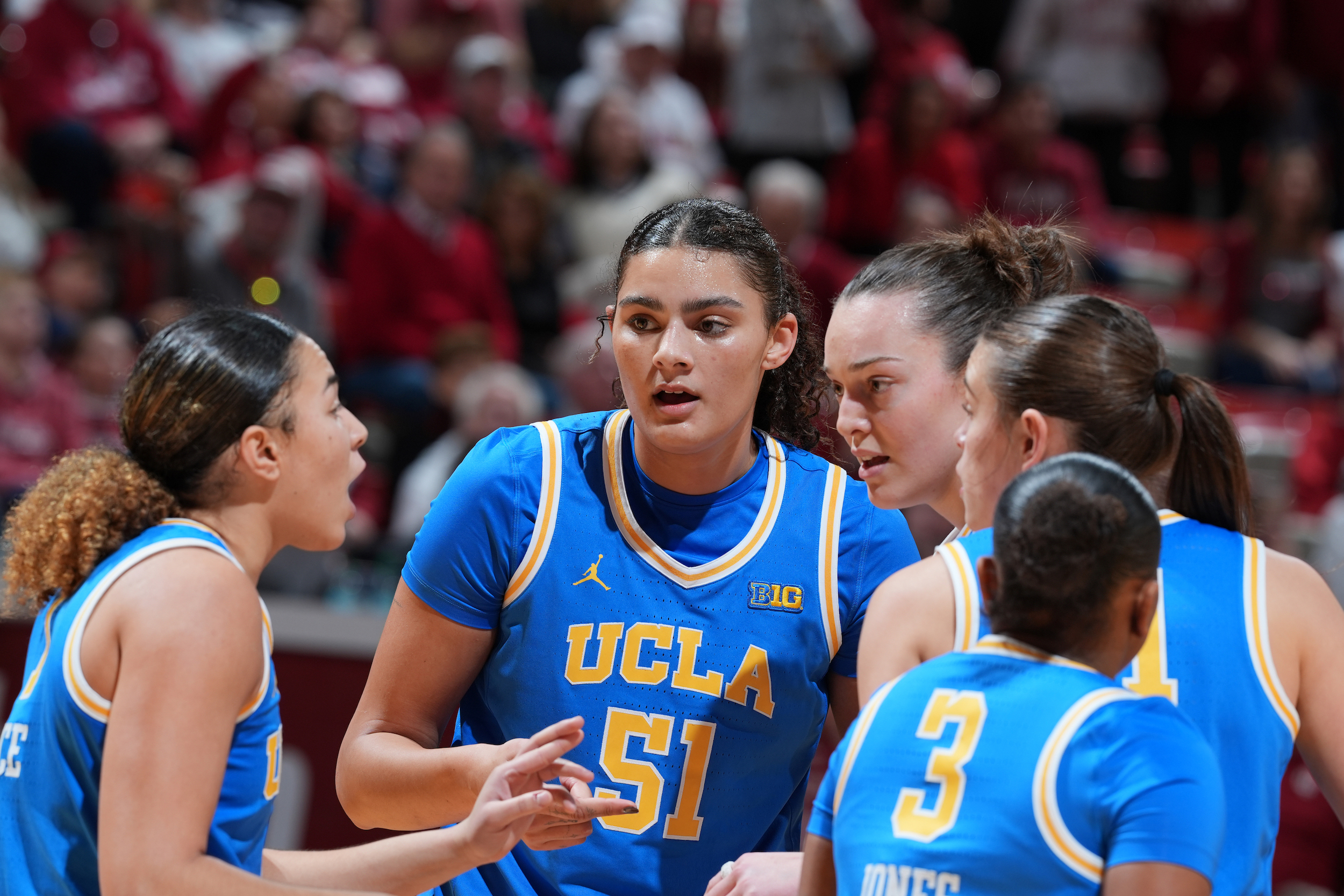A couple of months ago, Lauren and I went to a game and had a conversation, inspired by being surrounded by grouchy, tipsy fans yelling SHOOOOOOT any and every time the home team had the puck and even a little space in the offensive zone. It's always been a pet peeve of mine—surely the professional hockey players know the odds a little better than some schmoes in the cheap seats, and understand that cycling the puck around to wait for a higher-percentage shot is the smart play rather than peppering the net with a bunch of garbage and hoping for the best. Sure enough, the Rangers scored that March winner on a tic-tac-toe of a power play, the puck darting in and out of the danger zone like a purposeful mosquito—Artemi Panarin, heavily involved and turning down multiple shots in favor of trying to get someone else a better look—and our conversation became a blog. But the postseason has a way of making fools of us all, and I would like to come before you, hat in hand, to say I have seen the light and been converted, if just for a night. Sometimes the best thing you can do is, indeed, to SHOOOOOOT.
Yesterday's pair of Game 7s was a stressful, delightful counterpoint to the NBA's Sunday slate of blowouts, with both deciders going to overtime and both New York and Calgary advancing on, wouldn't you know it, shots that probably didn't have much business going in. But that's how it goes sometimes, and that is in fact the entire argument in favor of low-percentage shots: the percentage isn't zero.
The Rangers completed their comeback against the Penguins with a 4-3 victory, the winner tallied by Panarin, who had been fairly invisible this series. He finished with three goals and four assists, which is roughly two goals and four assists more than I remember seeing. But Panarin's best work is often in support—the winger, who assisted on 74 goals this season vs. 22 of his own, is usually looking to set up someone else rather than clear space for himself. The space, in this instance, found him.
The first 1:45 of the Rangers' power play, which had been so deadly in the regular season and utterly pop-less on the night, was uneventful. Panarin, in his usual spot on the perimeter of the right circle, is the true quarterback of New York's PP, despite his positioning. He generally will look to get it to Chris Kreider in front of the net, or Mika Zibanejad across the ice, or to Adam Fox at the point for a heavy slapper. Everyone knows this. The Penguins know it. And for the most part in this series, they had given him time but no passing lanes. And again, he was looking to pass here, sending it up to Fox. This time, though, the Penguins sagged a little more than usual in toward the goalmouth. Fox tapped it back to Panarin, and Evan Rodrigues stuck on Fox, deeming him more of a danger than Panarin, who all of a sudden had the room to take a few strides in before, finally, just taking the shot. With so many bodies in front of net, Tristan Jarry never saw the puck. Goal, game, series.
It was a shot that, give or take (usually take) a couple of feet of breathing room, the Penguins had been letting Panarin have all series. He had declined as often as not, keeping the play alive in hopes of giving someone else a more open look. But when you shoot, funny things can happen. Pucks can be deflected, or juicy rebounds served up, or, as in this case, the goalie screened. If there is some actionable advice here, Panarin is listening.
“They’ve been letting me shoot since the first game,” he said afterward via a translator. “Kind of my bad, I haven’t really been making those shots. But maybe I should listen to everyone’s advice and actually get out there and take shots.”
The Calgary Flames' problem in their first-round series, unlike the Rangers, was not being too choosy or too constrained to put pucks on net. The Flames' problem, put simply, was Jake Oettinger. The Stars' 23-year-old goalie was a revelation and a wall, making 272 saves over seven games, just three shy of the NHL record. Oettinger was the difference between a series blowout and a Game 7 OT, keeping Dallas in things even as Calgary dominated possession. In Game 7, the Flames recorded 134 shot attempts, putting 67 of them on goal; they had 22 high-danger chances and an expected 5.49 expected goals for.
Instead, because of Oettinger, it was just 2-2 headed to the extra frame. “We deserved to win. We took a hundred and some shots,” deadpanned Flames coach Darryl Sutter.
The final shot of the biggest shot differential in NHL Game 7 history was the best-placed of them all. Johnny Gaudreau, playing a rebound at an impossible angle, said he was just doing that hockey thing of chucking a puck at an out-of-position goalie, hoping to set up a rebound or catch a deflection or just generally cause some havoc. Instead he put it through the slimmest of windows, whistling it past Oettinger's right earhole for the winner.
It was a fitting end to this series, beating Oettinger in an inches-wide slot that was the only place he could have been beaten. If that precise shot is close to unrepeatable and statistically unlikely, well, maybe the Flames were just due. You shoot enough, and sometimes something happens. “It was just such a big relief when Johnny scored,” Elias Lindholm said. “We had a lot of looks, a lot of chances, and finally something went in for us.”
So what should the takeaway from these OT winners be? Should teams fling pucks on net as soon as they gain the zone? Certainly not. These are skilled pros, and as the playoffs progress and things tighten up, it's only going to become more vital to create good shots. I am absolutely not saying that it's time to always listen to the drunks in the upper bowl and SHOOOOOOOT no matter the circumstance. I am not saying that. I am only saying that sometimes maybe the drunks are onto something.





